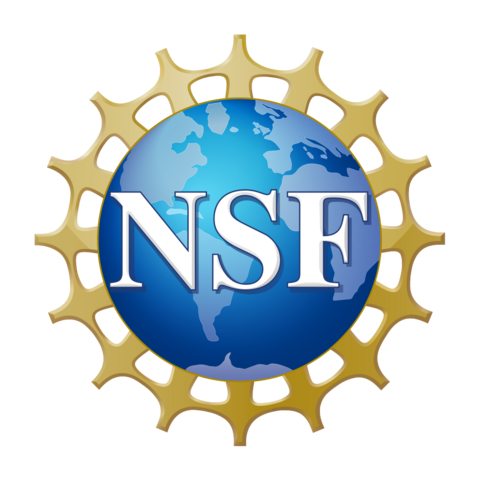The opportunity to conduct experiments onboard a research vessel is thrilling, and often the most exciting part of being an oceanographer. Preparations begin early by developing the experimental plans, collecting all materials, cleaning or combusting the glassware, and shipping everything to the port of departure. A special treat of this cruise was the wide range of approaches used to study the life in and the chemistry of the water column. These ranged from deployments (incubation and sediment trap arrays), chemical analysis from CTD casts, shipboard incubations and experiments, to towed instruments (PICA, VPR, HyperPro, and net tows), all within 5 days!

However, this also created a severe game of temporal Tetris: every shipboard operation or transit requires a certain amount of time, some operations need to happen during certain hours of the day, certain operations cannot precede or follow others, etc. How many trace-metal clean CTD casts do we need to schedule immediately after arriving at Station Aloha to fill the incubation array? How much time do we need between a CTD cast and PICA tow to switch the cable? Can we perform net tows while the PICA or VPR is in the water? How much contingency time do we allocate for array recovery? After multiple iterations, we arrived at a plan that not only promised success for all experiments but also used every hour of the cruise! We stick to this plan and it must go smoothly, right?

Tropical storm Hone said no! When we arrived in Honolulu it became evident that the storm was intensifying and heading for the islands. So it was back to the books to revise the plans and create several backup plans depending on how the storm develops. Can we alter the location of our cruise and avoid being in the storm’s path entirely? At which point do we cease operations and return to port? How early can we recover the arrays without compromising their success? As a result, we retrieved the arrays a day early, compromised on one CTD cast on the last day of the cruise, and adapted our cruise track on the fly to minimize operations in high waves. Overall, we managed to get all the science done and return to port on time despite cruising around a tropical storm, not too shabby!

As a chief scientist training cruise, it was a great learning experience for all participants! So, what is one of the main takeaways? Having a plan (and several backup plans) is good, but remaining flexible and constantly adapting the plan during the cruise is what guarantees success. Don’t stay fixated on the initial version! What also helps? Sailing with an awesome group of people as we had on this cruise, thank you all!

